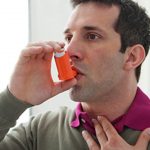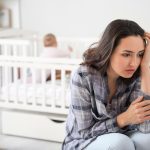
Severe obesity appears to be on the rise among young U.S. children, based on data from a federal supplemental nutrition program. About 2% of children between 2 and 4 years of age in the Women, Infants and Children (WIC) nutrition program were severely obese by 2020, a new study reports. That’s about 33,000 of the more than 1.6 million kids in the program. The data dashes hopes that progress had been made within the program against severe obesity, which is defined as a BMI that’s either above 35 or at least 20% greater than that of the heaviest 5% of kids, according to the U.S. Centers for Disease Control and Prevention (CDC). BMI is short for body mass index, an estimate of body fat based on height and weight. Severe obesity among WIC kids had dropped to 1.8% in 2016 from 2.1% in 2010, according to findings published Dec. 18 in the journal Pediatrics. This jibes with other studies that have noted an uptick in severe obesity among young kids, as high as 2.9% of 2- to 4-year-olds in 2018, the researchers said in background notes. “We were doing well and now we see this upward trend,” researcher Heidi Blanck, chief of the CDC’s Obesity Prevention and Control Branch, told the Associated Press. “We are dismayed at seeing these findings.” In all, 20 states saw… read on > read on >
























-300x200.jpg)













